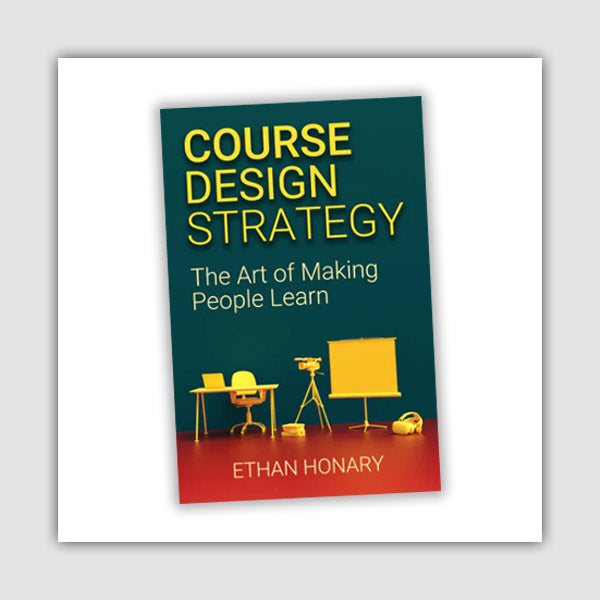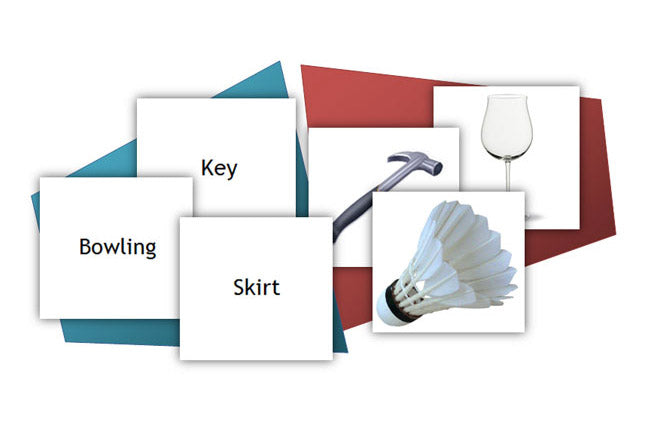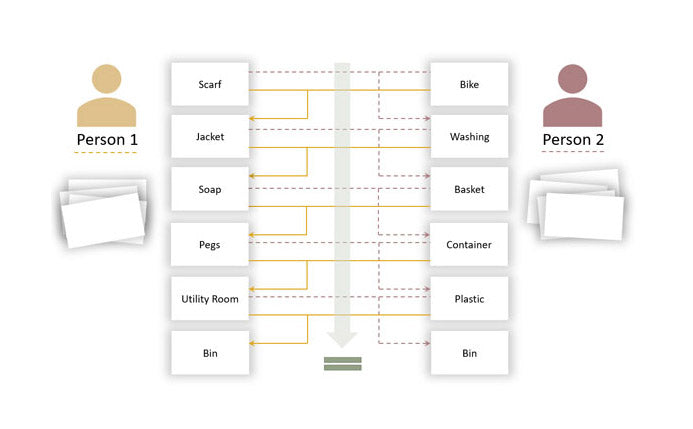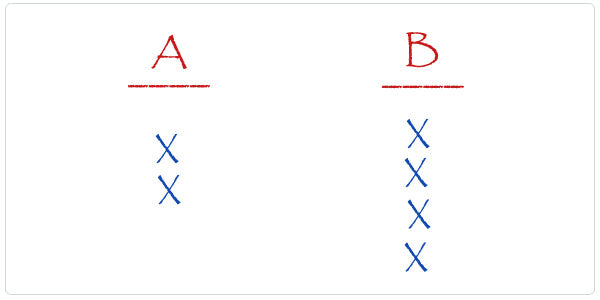One of the biggest and perhaps saddest trends in our era is that attention spans are shrinking. It is primarily fuelled by the explosion of online content, rise of social media and the ever-increasing range of things to obtain and experience. It is great to be living is such a rich world, the like of which we have never had in the entire history of mankind. However, there is a price to pay for anything good and in this case, it seems to be our shrinking attention spans, increased stress and the feeling that there is so much to do in so little time.
To learn how to manage attention, there are several exercises you can go through to reverse the trend and gain more control. In this article, you will be introduced to a series of attention management and concentration exercises that will help you achieve this.
Why Attention Management Is Crucial
Scrolling through social media, fast browsing, rapid link following and article scanning rather than reading seems to be destroying our attention spans.
To be able to enjoy our world to the fullest, we need to address this unfortunate trend. If unchecked it can lead to serious psychological issues such as depression, burnout and reduced self-esteem. The media has numerous stories of people who have become social media addicts with serious psychological consequences. On top of that, the current geo-political trends also indicate that our collective attentions are getting hijacked for the benefit of others—usually politicians or the very rich. From Facebook filter bubbles to the ever-increasing invasion of personalised ads, everywhere you go your attention is under threat. We need to fight back, not by technology because that’s usually controlled by someone else, but by psychology which is mainly under your control.
The way things are going, attention economy and attention management will be key fields and every individual must learn how to manage their attention. It is an important resource just like your other important resources such as money and time. Just as you are likely to care about protecting your money, you must also take steps to protect your attention or will be at the risk of it being hijacked by others.
The exercises included here are intentionally designed to be simple and easy to follow. They are mental exercises and should be treated much like stretch exercises or yoga moves. In principle, they are simple; though in practice, they can be quite effective.
Think of these exercises as mental exercises that will strengthen your ability to control your attention. It is like going to gym or doing yoga to become stronger or more flexible. Once you are fit and go to play your favourite sport such as tennis, you will be better equipped to handle the needs of the game. The same applies to attention management. The better you are at concentrating and self-discipline, the better you will be in navigating the physical and digital world with your attention under your control.
You can also consider using these exercises in the context of a training course on attention management. You can explain the exercises to your delegates and ask them to perform the easier ones. The most important consideration is to minimise external interruptions or noise that can disrupt any thought process. For best results, make sure the delegates form a circle of chairs and sit on these chairs looking outwards as to minimise distractions caused by looking at each other.
How to Practice Concentration Exercises
Before you start practicing, you need to set yourself up and prepare the environment. Follow these guidelines:
- Find an environment where you will not be interrupted. Set your phone to silent mode and close the door.
- Dim the light so that it is not glaring. Ideally, you should be in an environment with no glaring light while using the warmest light you can get hold of.
- Sit comfortably. You don’t want your attention to drift to your lack of comfort for sitting while engaged in a thought exercise.
- Sit with your spine erect and take several deep breaths. Relax your body.
- Each exercise will take about 10 minutes. You only need to do one exercise per session, perhaps two exercises when you get used to them and know what you are doing. Start slowly and build over time.
- The objective for all exercises is simple; your attention must be on the exercise and nothing else. You are the judge of that. The moment you detect that your mind has wandered off, you must reset the exercise and start from the beginning. Expect that in the beginning your mind will wander off. We all suffer from attention deficiency. In time, you will get better at it.
- Don’t do all the exercises in one go and don’t overdo them.
- Expect that getting familiar with the exercises and mastering them will take a few attempts. Remember, you are supposed to stay totally focused for 10 minutes.
Attention and Concentration Exercises
Exercise 1:
Count backwards from 100 in steps of 7. For example, 100, 93, 86, …
Exercise 2:
Pick up a book. Look at a random page. Count the number of words in that page. Use your eyes only while counting.
Exercise 3:
Pick an apple, an orange, a pear or a lemon. Hold it in your hands and examine it from all angles. Resist any thoughts not directly related to the fruit. It doesn’t matter where it comes from or who you met in the supermarket when you bought it earlier. Pay attention to its colour, its texture, its smell and its taste as you know. Focus on its imperfections. Focus on its symmetry. Don’t verbalise. Just observe.
Exercise 4:
Look at a simple reflective object such as a spoon or a metallic bowl. Watch it with no words in your mind. Rotate it and examine it from all angles. Pay attention to its reflective qualities and how you can see other objects in the environment which are reflected of it. Resist any thoughts associated with those other objects other than their direct visual qualities.
Exercise 5:
Put a headphone on and listen to the sound of nature such as waves of ocean crashing on a shore, a person walking on the beach with splashing sounds under her feet, rain on a roof, or sounds of a jungle. You can find plenty of sources of such sounds on the net. Some examples are provided below which can be found on YouTube. Immerse yourself in this environment just by listening. You can close your eyes if it helps. Try to visualise the environment as if you are there.
Exercise 6:
Choose a fruit and visualise it. This is like Exercise 3, except that you should visualise the fruit as opposed to looking it. Initially, hold the fruit in your hand and look at it for one or two minutes. Next, close your eyes and try to visualise the fruit as accurately as you can. If you cannot remember it after trying as hard as you can, open your eyes and repeat the exercise by first looking at it again, and then close your eyes to visualise it in your head. Throughout the exercise, resist any other thoughts.
Exercise 7:
Get an ultrasonic humidifier aroma diffuser. Plenty of affordable devices are available on the market (here are some products on Amazon). Put water and some scented oils in it and turn it on. Set it in such a way so you can observe the vapour coming out. The vapour, by its nature is chaotic. For this exercise, you must simply concentrate on the ever-changing pattern of the vapour coming out of the device while also paying attention to the smell. Resist any other thoughts.
Exercise 8:
Get an A4 paper and draw several abstract shapes on it. Use line, rectangle, triangle and circle as building blocks. The first time you do this exercise, draw up to three shapes. As you get more used to it, you can increase the number of shapes and create more complex patterns. Once drawn, look at it for two minutes. Next, close your eyes and imagine the shapes you have drawn as precisely as you can. If you could not remember, open your eyes and repeat the exercise again by looking at it for two minutes and then closing your eyes again and visualising the shapes once more.
Exercise 9:
Once you have mastered the previous exercises, go through this exercise. Remain without any specific thoughts for ten minutes with your eyes closed. Going through the previous exercises should help you with this. If some thoughts enter, reset and start over again.
Exercise 10:
Remain without any thoughts for ten minutes with your eyes open. This is like the previous exercise but just more difficult so only do this exercise once you have mastered it with your eyes closed.
That’s it. Keep practicing these exercises and soon you will gain more and more control over your attention. The aim is to learn to focus it on whatever you want whenever you want to. This also includes the ability to not pay attention to something you want to avoid and ignore it systematically when it can get in your way. A prime example is to learn to avoid paying attention to annoying and disruptive advertisements.
In any case, best of luck with all the exercises.
Soft Skills Training Materials
Get downloadable training materials
Online Train the Trainer Course:
Core Skills
Learn How to Become the Best Trainer in Your Field
All Tags
Training Resources for You

Course Design Strategy
Available as paperback and ebook

Free Training Resources
Download a free comprehensive training package including training guidelines, soft skills training activities, assessment forms and useful training resources that you can use to enhance your courses.

Our Comprehensive Guide to Body Language

Train the Trainer Resources
Get Insights - Read Guides and Books - Attend Courses
Training Materials
Get downloadable training materials on: Management Training, Personal Development, Interpersonal Development, Human Resources, and Sales & Marketing














Leave a comment
All comments are moderated before being published.
This site is protected by reCAPTCHA and the Google Privacy Policy and Terms of Service apply.